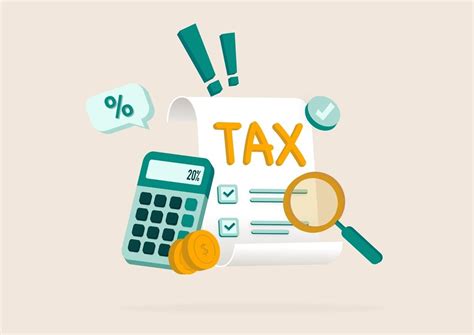Navigating the Complexities: How to Ensure Compliance and Maximize Earnings

Running your own house cleaning business offers flexibility and independence but also comes with unique tax responsibilities. Understanding and fulfilling these obligations is crucial for self-employed house cleaners to maintain compliance, avoid penalties, and optimize their financial well-being.
Filing Status: Deciding Between Sole Proprietorship and LLC
As a self-employed house cleaner, you have two primary options for your business structure:
1. Sole Proprietorship
- A simple and straightforward structure where you operate your business under your personal name.
- You are personally liable for all business debts and obligations.
2. Limited Liability Company (LLC)
- A separate legal entity that provides limited liability protection, shielding your personal assets from business-related liabilities.
- Offers additional tax flexibility and allows you to choose your tax status (S Corp or sole proprietorship).
To determine which structure is right for you, consider factors such as your risk tolerance, liability concerns, and tax implications.
Tax Forms: Understanding the Essentials
Self-employed house cleaners are responsible for filing various tax forms, including:
- Form 1040: Your individual income tax return
- Schedule SE (Form 1040): Used to calculate self-employment tax (Social Security and Medicare)
- Schedule C (Form 1040): Details your business income and expenses
- Form 1099-MISC: Used to report payments received from clients who paid $600 or more.
Deductions and Expenses: Minimizing Tax Liability
Claiming eligible deductions can significantly reduce your tax liability. Some common deductions for house cleaners include:
- Home office expenses (if you use a portion of your home for business purposes)
- Business supplies and equipment
- Travel expenses
- Advertising and marketing costs
- Professional development expenses
Keeping detailed records of your expenses is essential for maximizing deductions.
Estimated Taxes: Avoiding Penalties
As a self-employed cleaner, you are responsible for making estimated tax payments to the IRS and state quarterly. This helps avoid penalties for underpayment of taxes. The IRS provides a useful calculator to estimate your quarterly payments: https://www.irs.gov/newsroom/heres-how-to-calculate-your-estimated-tax-payments-for-2023
Health Insurance Options: Balancing Coverage and Costs
Health insurance is an important consideration for self-employed house cleaners. Explore various options, such as:
- Health insurance through the Marketplace
- Private health insurance plans
- Association health plans (available through certain industry associations)
Consider your individual needs and financial situation to determine the most suitable coverage option.
Financial Planning Strategies: Maximizing Tax Savings
- Contribute to a retirement account: Contributions to IRAs, 401(k) plans, or SEP IRAs reduce your current taxable income.
- Consider forming an LLC: This can provide tax flexibility and allow you to choose your tax status, potentially saving taxes.
- Keep meticulous records: Proper accounting practices make it easier to track expenses, claim deductions, and avoid errors.
- Consult with a tax professional: A knowledgeable accountant can guide you through tax laws and strategies to optimize your tax savings.
Additional Resources and Support
- IRS Self-Employed Tax Center: https://www.irs.gov/businesses/small-businesses-self-employed/self-employed-individuals-tax-center
- Small Business Administration (SBA): https://www.sba.gov/business-guide/small-business-startups
- National Association of the Self-Employed (NASE): https://www.nase.org/
Tables:
| Deductible Expense | Description |
|---|---|
| Home office expenses | A portion of your home expenses, if you use it for business purposes |
| Business supplies | Cleaning products, equipment, and other items used in your work |
| Travel expenses | Mileage or other transportation costs incurred for business-related trips |
| Advertising and marketing | Costs associated with promoting your business |
| Professional development | Expenses related to attending industry conferences or workshops |
| Quarterly Estimated Tax Payments | Percentage of Tax Liability Due | Due Dates |
|---|---|---|
| First Quarter | 25% | April 15th |
| Second Quarter | 50% | June 15th |
| Third Quarter | 75% | September 15th |
| Fourth Quarter | 100% (or pay the remaining balance) | January 15th (or April 15th if filing an extension) |
| Tax Filing Deadlines | Form | Due Date |
|---|---|---|
| Federal Income Tax Return | Form 1040 | April 15th |
| Self-Employment Tax Return | Schedule SE (Form 1040) | April 15th |
| Business Income and Expenses | Schedule C (Form 1040) | April 15th |
| Nonemployee Compensation | Form 1099-MISC | January 31st of the following year |
| State Tax Forms | Filing Requirements |
|---|---|
| Alabama | Form 5 |
| California | Form 540 |
| Florida | Form 1 |
| New York | Form IT-201 |
| Texas | Form 1040 |
